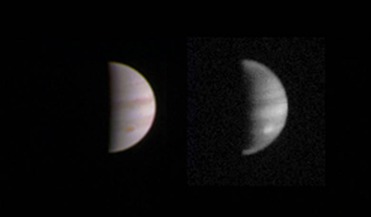 26 August 2016
All eyes on Jupiter as Juno moves in close tomorrow
26 August 2016
All eyes on Jupiter as Juno moves in close tomorrow
... off to ensure the critical burn manoeuvre was implemented successfully. “Since then, we have checked Juno from stem to stern and back again,” said Scott Bolton, principal investigator of Juno from the Southwest Research Institute...
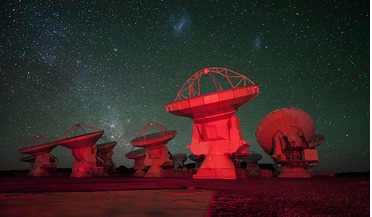 26 September 2016
A potentially disrupting satellite system around the LMC has been observed for the first time by astronomers
26 September 2016
A potentially disrupting satellite system around the LMC has been observed for the first time by astronomers
... about the survivability of the satellite. The Survey of the Magellanic Stellar History is one of a number of surveys that stem from The Dark Energy Survey (DES) that has helped discover more than a dozen new candidate...
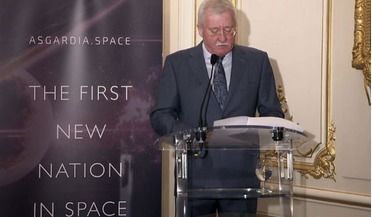 18 October 2016
Plans for first ever Space nation "Asgardia" announced today
18 October 2016
Plans for first ever Space nation "Asgardia" announced today
... layer of our planet; potentially dangerous asteroids and comets; man-made orbital debris; changes in the climate stemming from technogenic factors and sun radiation; cosmic radiation from nuclear reactions in novae, supernovae and pulsars...
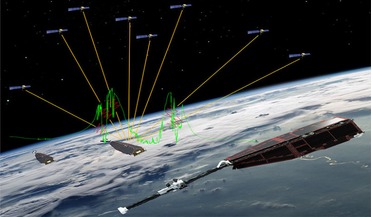 31 October 2016
Swarm constellation helps figure out why satellites lose their GPS signal
31 October 2016
Swarm constellation helps figure out why satellites lose their GPS signal
...system by improving our understanding of the Earth’s interior and climate by untangling the different magnetic fields that stem from Earth’s core, mantle, crust, oceans, ionosphere and magnetosphere – an process that is expected to take at least four...
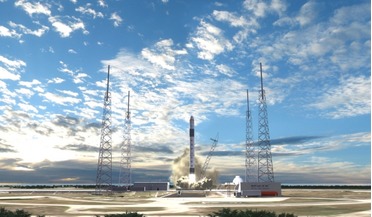 14 August 2017
Falcon 9 to launch super-computer and army satellite
14 August 2017
Falcon 9 to launch super-computer and army satellite
... the disease. The project was developed by the Michael J. Fox Foundation. Some of the other experiments include a stem cell study for growing lung tissue and new equipment for growing vegetables in space. The Falcon...
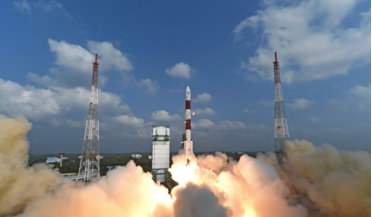 21 August 2017
First Slovak satellite launched into space
21 August 2017
First Slovak satellite launched into space
... may seem small in dimensions, big things are expected from this little package; to promote the importance of STEM education in the country and to gain hands-on experience with designing and developing space hardware, alongside helping...